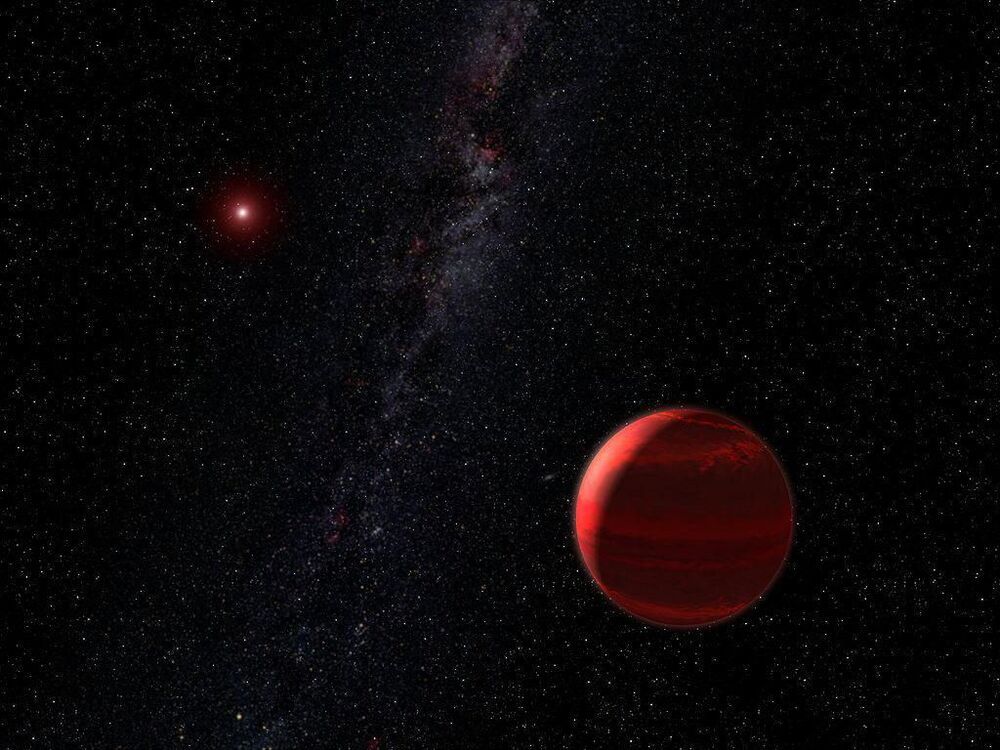At the time the proposed planet signal is strongest, stellar activity on the surface of the star was Also strong, says Lubin. Thus, he notes, the signal associated with the planet can be explained by activity emanating from stellar activity instead of from the telltale periodic tug on Barnard’s Star from a putative super-earth.
As I noted here previously, Barnard’s Star, which lies only 6 light years away in Ophiuchus, has long fascinated astronomers both due to its proximity to Earth and the fact that it has the largest apparent motion across our line of sight as any known stellar object. In the 105 years since its discovery by astronomer E.E. Barnard, it is the nearest star to our own Sun in the Northern Celestial Hemisphere, the authors note.
One of the more infamous claims of planets around barnard’s star came in in 1963, when Swarthmore College astronomer Peter van de Kamp announced that he had detected a planet using Swarthmore’s 24-inch refractor at Sproul Observatory. Van de Kamp later updated his findings three more times, proposing a second planet in the system with periods of 12 and 20 years, respectively, the authors note.
